Do you have a marketing campaign budget for your small business?
How much of it do you allocate to a social media marketing strategy?
According to Small Business Trends, marketers are allocating close to 10% of their budgets to social media.
And those budgets are expected to increase going into 2020.
Every action you take on social media should be driven by a marketing strategy.
Often, when you’re on a budget and planning your cash flow, making appropriate decisions about which aspect of social media marketing you need to invest more money in can be challenging.
The ultimate question isn’t how much your budget is, but how you intend to spend it.
Some brands spend millions on marketing tactics, while others spend a few hundred dollars and incorporate free promotional methods as part of their business model.
Social media networks have evolved, from being platforms where you meet new friends, to a business hub – a way to promote brand awareness, share blog posts, encourage user content, and increase income.
The truth is that much of marketing campaign expenditures go to content strategy, content creation, search engine optimization, etc.
However, another essential path to acquiring new leads and sales is through a social media business plan.
When you’re on a tight budget as a small business, it’s even more important to spend it well.
If you have $100 to invest in social media marketing campaigns, what you spend it on will determine how far you go.
So, here is a 4-step approach to get your social media marketing tactics done on a budget:
1. Define your target audience: Don’t talk to everyone.
Who you talk to determines the response that you get.
Regardless of the size of your business, before you invest money, time, and resources on social media as a business leader, you need to know why you’re there – and who your target audience is.
First, don’t choose social media as a marketing tactic if you think that it’s a quick way to build a profitable small business.
Sure, social media can influence a user’s buying decisions. After all, Facebook has the greatest impact on people’s buying decisions. This is because social media does build brand awareness especially if you focus on high quality content.
However, the focus is not on getting the sale, but on building trust and your brand reputation with people, so that they buy today, come back tomorrow and tell others about your brand. This is the ethos behind a strong content strategy, especially on social media.
If you’re doing it solely because your competitors are using social media for their advertising campaigns, then you’ll get stuck in other people’s shadows.
Worse, if you plan to invest in social media because you want to sell a product rather than build relationships, it’s time to pause for a moment and reconsider your business model.
Yes, you can sell a product using social media, but relationships come first.
More than likely, these wrong motives that small business owners, companies, brands, and marketers have about social media marketing campaigns are born out of ignorance. This is, in part, because they fail to define their target audiences.
That’s where you should start — by defining your target audience. This is the core of an effective social media marketing strategy.
Remember that social media marketing is all about relationships, which translates into engagement.
The question is, “who do you want to engage with?”
John Haydon listed 4different types of engagers who are part of your chosen social network and he suggested ways that you can engage with them to build brand awareness:
Let’s consider these engagers in more detail:
i). Broadcasters: These are people who’ll leverage what you shared (your social and blog posts) and create something unique and closely-tied to what their fans want on social media.
These people are amplifiers. They’re creatives. They can take an idea that you shared via your social media or a blog post and expand on it. They’re one of the best types of users to connect with on social media as a marketing tactic.
Quick tip: As a general rule of thumb, share case studies, exclusive data, important thoughts, trends, and epic ideas. That way, you’ll get the attention of broadcasters – because that’s what they’re looking for, that’s what they need to encourage user-generated content on their side.
ii). BFF’s: They’re strong influencers of people that they know personally. This means that they spend time relating to their own audience (e.g., fans, customers and friends).
Consequently, their fans trust them deeply. As influencers, if these people share your idea, product, or blog post on social media, it can lead to new business (leads, sales, and revenue) for you. These people are invaluable when it comes to boosting your business model and rocking a successful content strategy.
Quick tip: Be transparent and honest, if you ever want to reach and inspire the BFF’s, because they value the relationship with their audience more than anything else. BFF’s will go the extra mile to prove the authenticity and source of your data/result.
They can work for or against you when it comes to brand awareness. When they share great content with their fans, you’ll get new business. On the other hand, if they happen to share negative stories about your brand, you’ll be in a serious mess and will need to clean up your name with savvy reputation management. And that’s a whole different challenge.
iii). Scout’s Honor: These people have earned the trust of their massive audiences on social media networks.
You can reach out to these people on social media if you have a great idea to share. But, offer something of social value (e.g., retweet, positive reviews, brand mentions) first, before making a request.
iv). Opinionated: These people want to be a part of your cause. They’re influencers — but to get their attention, you’ve got to be smart and one step ahead of other small business owners.
Ask them to comment on your new book or invite them to your conference to participate in or lead a session. If possible, get them involved in your new project.
The moment that you do any of these, they’ll gladly tell other people about your brand on social media networks.
v). Informers: These engagers share information with their social networks. Once they come across a valuable resource, they’ll share it with their audience.
Make sure that your headlines are catchy and benefit-driven. That’s how to get the attention of “social informers.”
Remember, not everyone on Facebook is in your target audience.
If you’re a business consultant, for example, you may think that every small business owner is your ideal customer, but that’s not true. Here are 10 questions to help you define your ideal customer:
I think the best place to begin is to develop your user persona as part of your business model. We often refer to it as “buyer persona” but I want you to eliminate the word “buyer” for now and focus on the user.
Here’s an example with pretend person Clark Andrew’s user persona. Take a look at the motivations, goals, frustrations, personality, and technology sections. These constitute the core of what makes Andrew either the right or wrong person to target with your social media marketing strategy – depending on your own business goals.
Why should you focus on a user, rather than a buyer?
Well, it’s a lot easier to build relationships through social media marketing tactics then it is to gradually turn that relationship into a transaction over time.
Your user persona is simply the diagrammatic representation of the person that you want to reach on social media.
Armed with the 6 different types of people that are already on social media networks, you can easily develop your social user persona.
2. Select social media channels that have a culture.
Culture is the way of life.
When it comes to social media, every channel has its own established culture – and they expect users and advertisers to approach their platform in a similar manner.
Spreading your eggs across several baskets will likely not produce results for you. Focus is the key. When it comes to social media channels, having a “less is more marketing tactic,” will get you the best results.
Which social media channel will work best for you? Where is your target audience most active and most engaged?
There’s no single, universal “best social media channel.” But, there is the right one for your type of business. Just understand how each one works and you’ll be able to maximize your investment.
No doubt, social media networks have evolved over the years. For instance, Facebook has evolved from a simple PPC advertising platform to a databank of information on audience insights, demographics, and more.
When the Custom Audience and LookAlike Audience features were introduced, it became pretty easy to create campaigns that are targeted at a group of people.
On the flip side, since you’re on a budget, Facebook may not deliver the best results for you. It could be having an Instagram account will bring you a better ROI.
I haven’t made significant returns on Facebook, yet, but I’ve generated $332,640 in 3 months from Instagram a few years ago.
But, don’t think that I paid Instagram to advertise my business.
No, I used a different strategy as a small business owner, because I didn’t want to waste money on a per-click basis.
Here’s how I, and some other people, make money promoting our businesses on our Instagram accounts:
The trick I’ve learned is that you have to find popular social profiles that aren’t monetizing but are willing to promote your products and services for a quick buck. I know that sounds simple, but there is actually a bit more to it.
Through this uncommon approach, I was able to generate over $332k in 3 months from Instagram. But, I’m not the only one.
Dan Fleyshman, the co-founder of UWheels, generated over a million dollars, by having popular Instagram models and celebrities post about his product.
In summary, as a small business owner, you may have to spend some money on the major social media advertising channels.
I strongly believe that running campaigns and testing everything is the best way to ascertain whether or not you should stick to a channel.
3. Create a user-friendly value proposition
A value proposition is simply a promise of value. It makes you stand out from the competition.
In order to get customers to consider changing from the status quo, you have to give them a good reason,
says Jim Konrath.
If you want your value proposition to work, it must:
- Be relevant
- Be visually appealing
- Be clear and concise
- Include a call-to-action
Whether you want to promote a particular product using Facebook Ads or Instagram Ads, you need to differentiate it from similar products.
Why would people visit and like your fan page, when there are so many other pages to like and follow?
For example, one of the reasons why Michael Hyatt is successful at promoting his page is because he gives away an invaluable ebook, Maximize Your Message. All the user needs to do is sign up and download it. He has over 300k followers!
When you advertise on Facebook, Twitter, Instagram or LinkedIn, a value proposition is what motivates the user to click on your ad.
Offering a 20% discount can be a motivating factor in getting clicks and sales. Or, maybe a customer testimonial would be better for you. Anything that portrays the strong benefits that your product provides is key.
4. Develop different types of content, then track performance.
What type of content is ideal for social sharing?
Again, there’s no simple and direct answer. You have to test it out for yourself as part of your business model.
Doing social media marketing on a budget requires a flexible approach. You don’t have to stick to written content or blog posts alone.
The truth is that most of your target users on these social media networks prefer to watch videos over reading text. If you ignore that preference and keep pumping out lengthy text-based blog posts, you’ll ultimately waste money.
Trust me, you need to find killer ideas for your social media content if you want to spread brand awareness.
If they click on your ad because you’re addressing the same topic they have interest in, but your content format doesn’t appeal to them, they’ll leave without taking profitable action steps.
And speaking of creating different types of content, if you solely want to reach business professionals, then LinkedIn is the best social media channel for you as a small business owner. You really need to know the best content to post on social media.
I can guarantee that you won’t see pictures of cute cats on LinkedIn unless it’s to prove a business-related point!
A lot of CEOs don’t trust social media and therefore they don’t use it as part of their business model. They argue that getting leads from social networks is hard, but that’s only true if you create the wrong type of content.
In addition to written content, such as articles and blog posts, you should consider creating tutorial videos, infographics, podcasts, and other content media to help build brand awareness.
Above all, “Tailor your social media content for each platform.” And, always have a relevant and beautiful visual in the content that you share on social media.
When you advertise on social media PPC channels, use visuals to capture your user’s attention.
In fact, when optimizing content for social media as a small business owner, you should almost always use images to get more shares, tweets & retweets, comments, etc.
Conclusion
Spend your social media marketing campaign budget wisely.
Remember to amplify your reach, by promoting your social presence on different platforms. You also need to develop a page/social synergy and build relevance.
In other words, your landing pages, your fan pages, and other social media profiles should all align with each other.
To be able to replicate your success, or know when to stop using a particular channel or tactic, you need to document your strategy and measure your results.
Research from the Content Marketing Institute found that brands that document their social media strategies are more confident and effective in achieving their goals.
They’re also able to justify their marketing spend to management.
Use this 4-step approach to get the best results from your social media marketing budget. Learn how to develop a social media marketing plan.
Do you currently invest money in social media marketing? What is your experience?

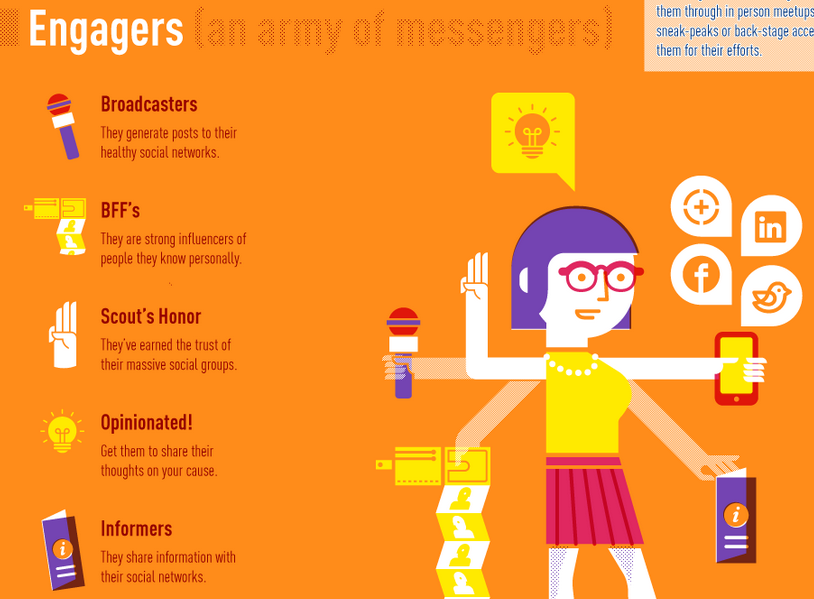


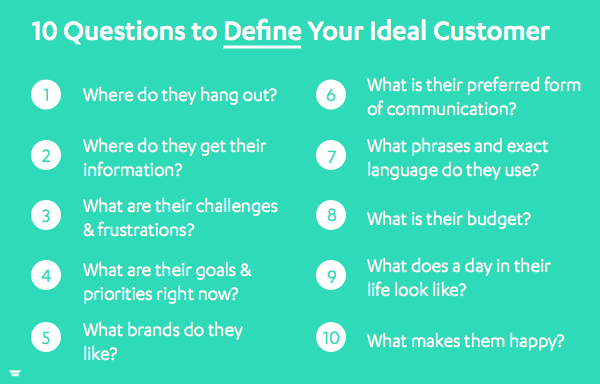
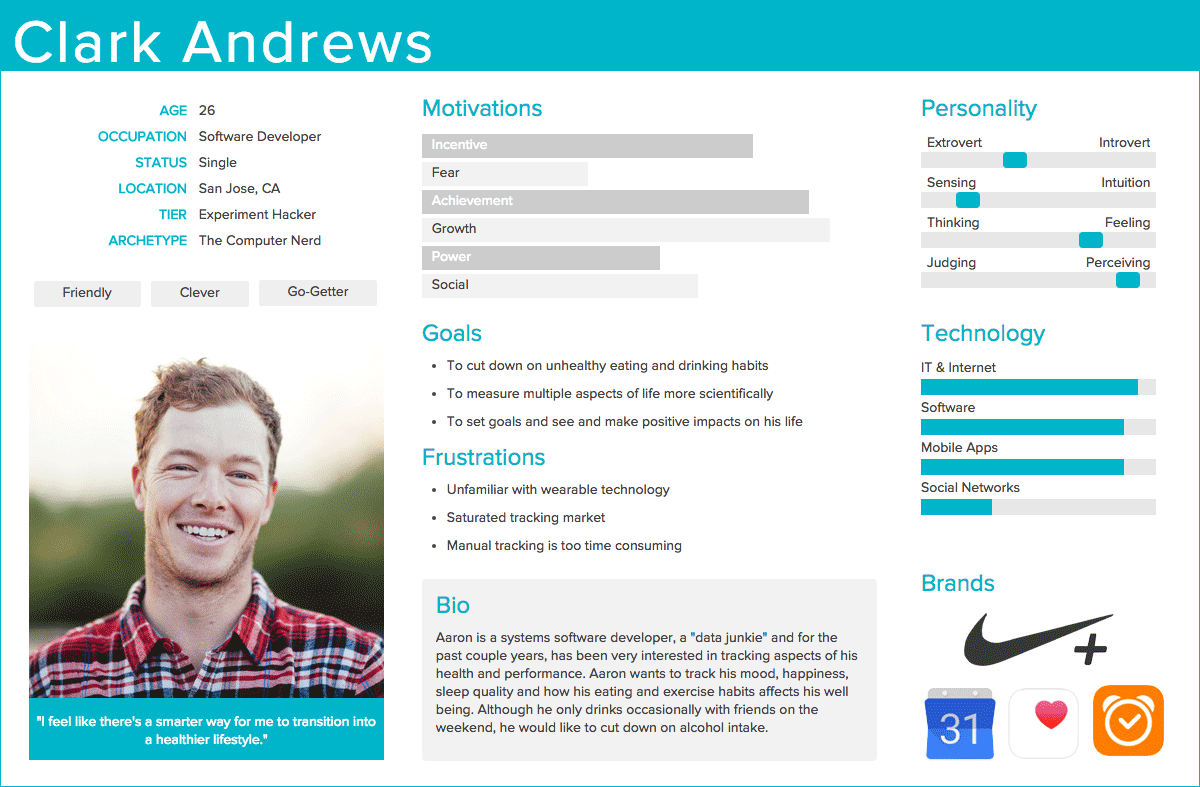
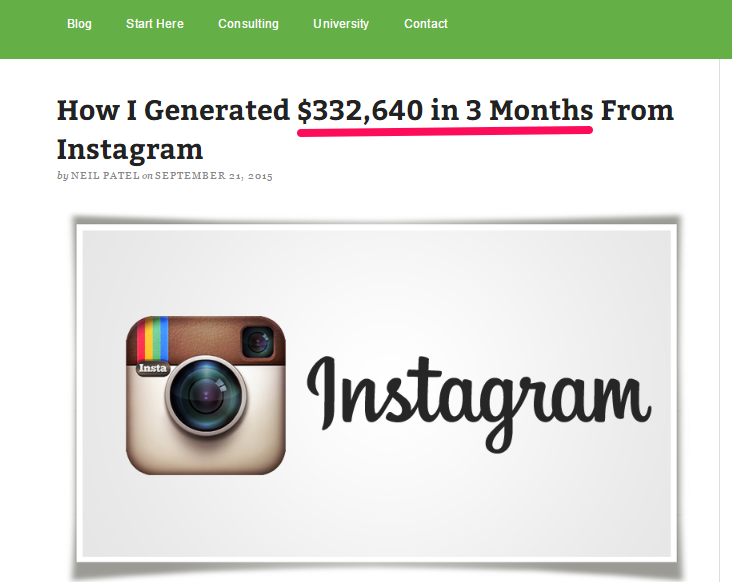
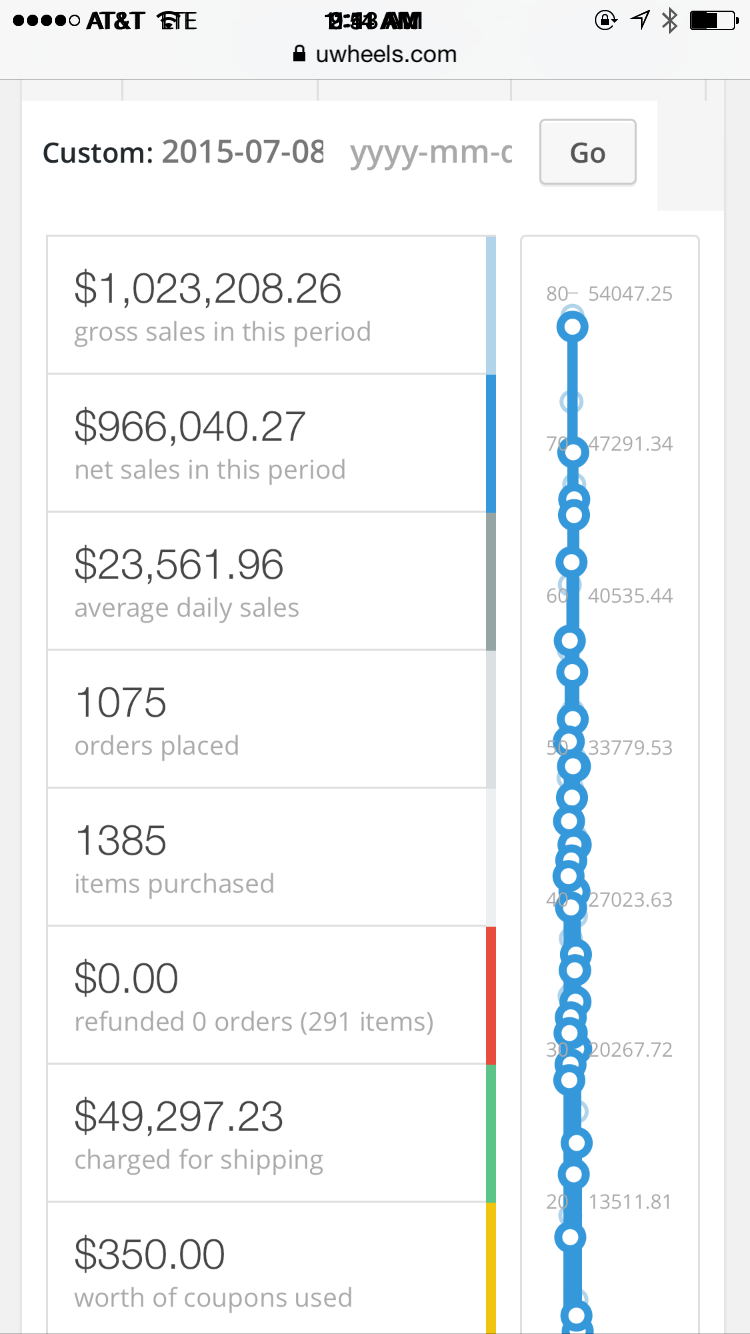




Comments (34)